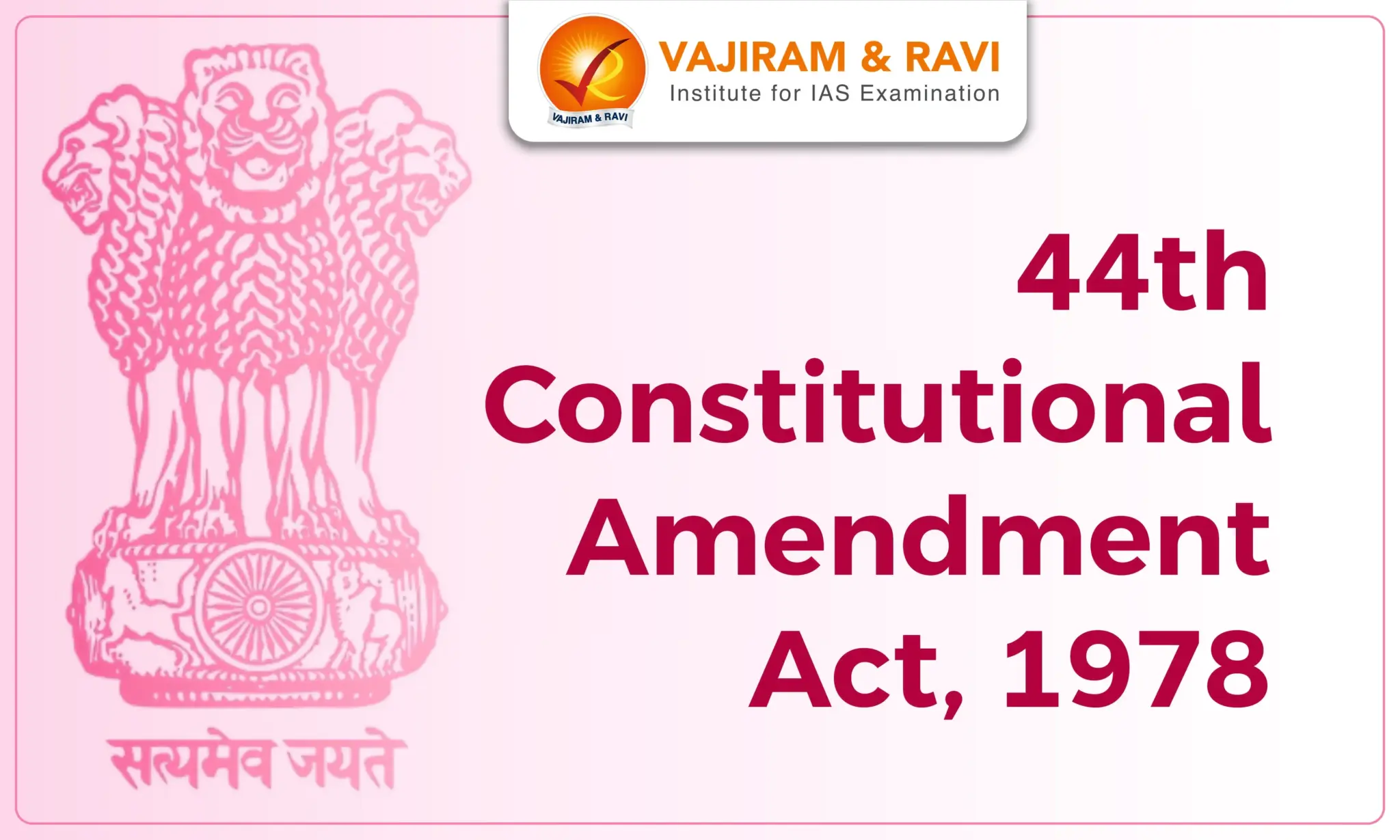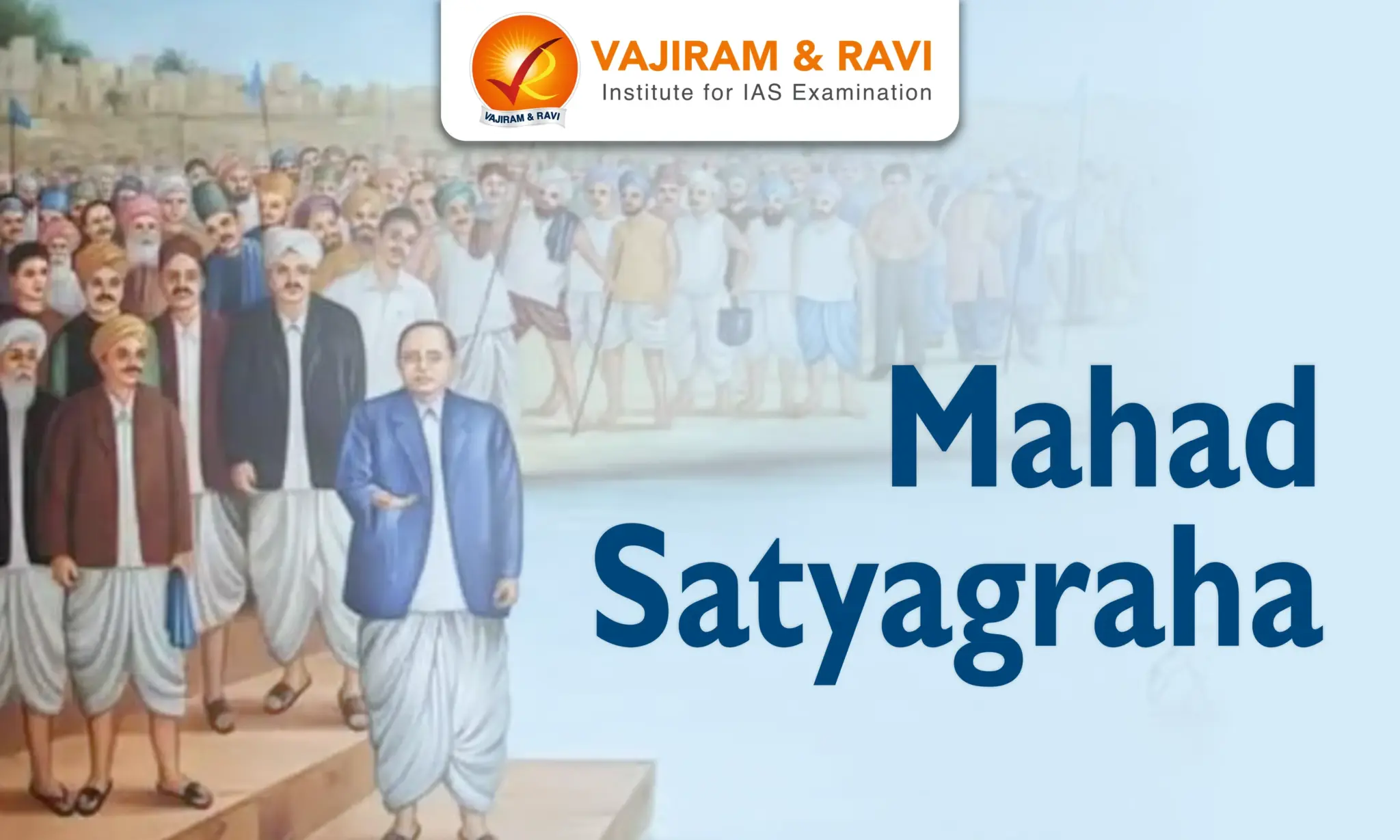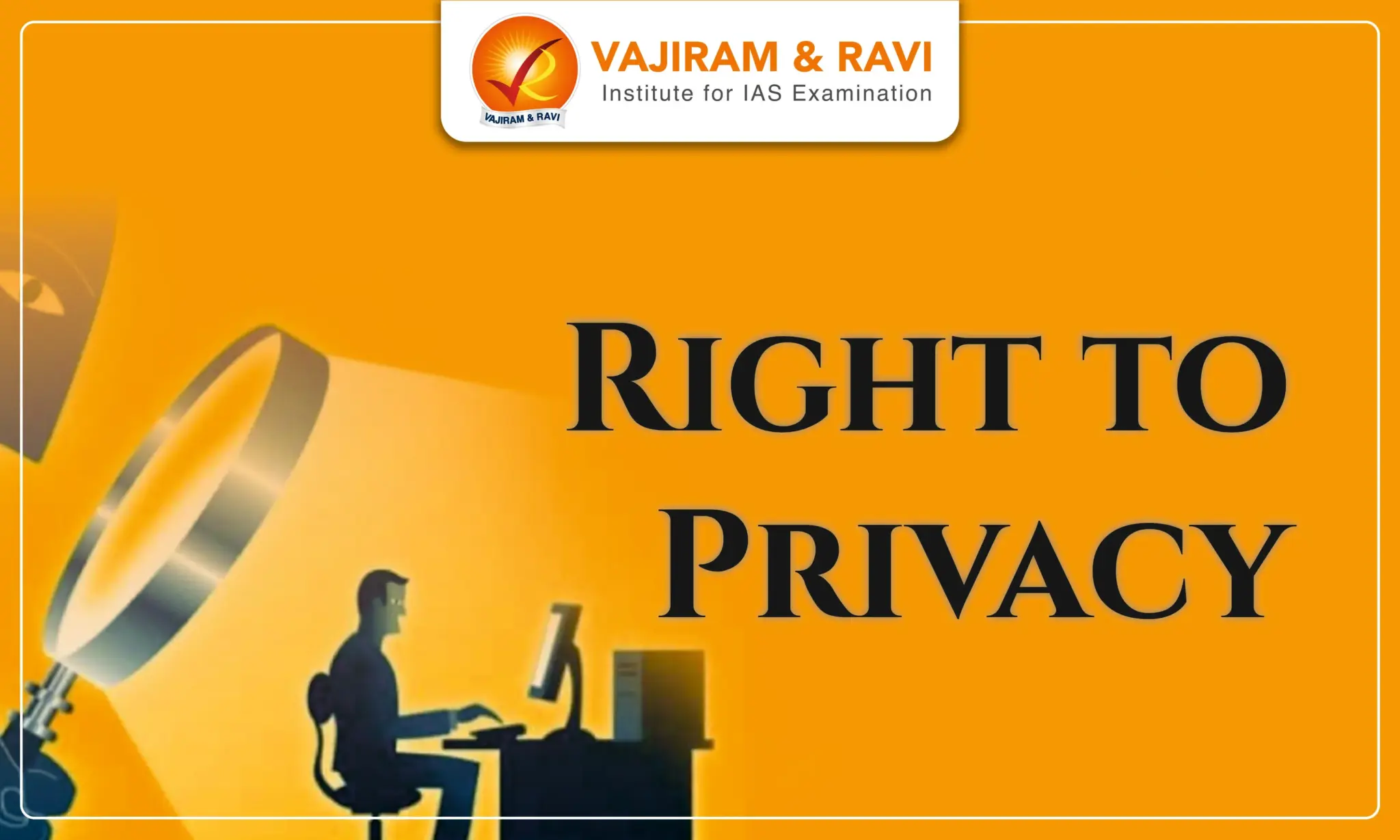The 44th Constitutional Amendment Act, which was enacted in 1978, is one of the most significant amendments to the Indian Constitution. It was enacted during the tenure of Prime Minister Morarji Desai, in response to the controversial 42nd Amendment, which was implemented under Prime Minister Indira Gandhi's administration during the 1975–1977 Emergency era.
The 44th Amendment aimed to reverse many provisions that granted excessive powers to the executive and undermined fundamental rights, restoring the democratic balance of the Indian Constitution after the Emergency.
44th Constitutional Amendment Act Objectives
The 44th Constitutional Amendment's primary objectives were to limit executive power, particularly in the context of declaring a National Emergency, strengthen judicial independence by reversing provisions that curtailed its authority, and restore democratic governance by undoing changes that disrupted the balance of power between the executive, legislature, and judiciary. These reforms were aimed at safeguarding citizens' rights and ensuring the protection of India's democratic framework.
Amendments made by the 44th Constitutional Amendment Act
The 44th Constitutional Amendment Act introduced extensive changes across various constitutional provisions. It amended features related to fundamental rights, emergency provisions, the powers of the President, and judicial review. The Amendment also deleted several controversial provisions, like Article 329A, which restricted judicial review of electoral disputes involving the Prime Minister.
44th Amendment Related to Fundamental Rights
The 44th Amendment brought significant revisions to the provisions concerning Fundamental Rights, aiming to enhance individual liberties and provide stronger protections against arbitrary state actions. The following key changes were made:
- Amendment of Article 22: Clause (4) was substituted to state that no law for preventive detention shall authorize detention for more than two months unless an Advisory Board, as per the Chief Justice's recommendations, reports sufficient cause for further detention before the two-month period expires.
- Amendment of Article 30: A new clause (1A) was added, ensuring that any law for the compulsory acquisition of property belonging to minority educational institutions must guarantee that the compensation does not restrict the rights of the institution.
- Removal of Articles 19(1)(f): Article 19(1)(f), which protected the right to property was removed from the list of fundamental rights and reclassified as a legal right under Article 300A.
- Removal of Articles 31: Article 31, which provided for compensation in property acquisition, was removed from the Constitution.
44th Constitutional Amendment Act Related to the Power of the President
The 44th Amendment made significant changes to the powers of the President, particularly through the substitution of Article 71. It established that all disputes regarding the election of the President or Vice-President would be decided by the Supreme Court, with its decision being final. The amendment also clarified that the President has the authority to ask the Council of Ministers to reconsider its advice. However, after such reconsideration, the advice of the Council of Ministers becomes binding on the President.
44th Constitutional Amendment Act Related to Judiciary
The 44th Amendment restored the powers of the High Courts and the Supreme Court, reinstating their authority to adjudicate on various matters. It eliminated provisions that had previously stripped the courts of their ability to resolve election disputes involving the President, Vice-President, Prime Minister, and Speaker of the Lok Sabha. This restoration of judicial review reinforced the judiciary's role in maintaining the rule of law and upholding democratic processes.
44th Constitutional Amendment Act Related to Parliament and State Legislature
The 44th Amendment reinstated the standard tenure of the Lok Sabha and state legislative assemblies to five years, reversing the six-year extension imposed by the 42nd Amendment. This change was made by amending Articles 83 and 172 of the Constitution. Additionally, Article 361A was introduced to protect individuals from civil or criminal liability for publishing substantially true reports of proceedings from either House of Parliament or a state legislature, except when it involves the disclosure of secret proceedings.
44th Constitutional Amendment Act Related to National Emergency
The 44th Amendment introduced significant changes to the provisions governing the imposition of a National Emergency, aiming to prevent arbitrary declarations and safeguard civil rights. These amendments were designed to ensure greater accountability and restrict the circumstances under which an emergency could be declared, thereby enhancing the protection of individual liberties.
- Article 352: The 44th Amendment made the imposition of National Emergency more stringent by requiring the written recommendation of the Cabinet, not just the Prime Minister.
- It also changed the grounds for declaring an emergency, limiting it to "armed rebellion" and removing "internal disturbance" as a valid reason.
- Approval by Parliament: The amendment reduced the duration within which the proclamation of Emergency must be approved by Parliament from 2 months to 1 month.
- Safeguards for Civil Rights: During an emergency, Articles 20 (protection in respect of conviction for offences) and Article 21 (right to life and personal liberty) cannot be suspended.
- Revocation: The president must revoke a Proclamation if the House of the People passes a resolution disapproving the proclamation or its continuation.
44th Constitutional Amendment Act Related to Parliamentary Privilege
The 44th Amendment addressed disqualifications of Parliament members, specifying that if a question arises about a member's disqualification under Article 102(1), it must be referred to the President for a final decision. Before deciding, the President must consult the Election Commission and act according to its advice.
- Additionally, the 44th Amendment Act of 1978 restored press freedom to publish accurate parliamentary reports without prior approval, excluding secret sessions.
44th Constitutional Amendment Act Evaluations
The 44th Constitutional Amendment Act of 1978 is considered a vital corrective measure that restored democracy in India after the Emergency. It reversed several controversial provisions of the 42nd Amendment, enhancing civil liberties and judicial independence. By curtailing the arbitrary powers of the executive, it aimed to establish a better balance among government branches. However, Critics argue that while it strengthened democratic principles, issues of political accountability remained inadequately addressed.
44th Constitutional Amendment Act PYQs
Q1. Consider the following statements : (UPSC Prelims 2019)
- The 44th Amendment to the Constitution of India introduced an Article placing the election of the Prime Minister beyond judicial review.
- The Supreme Court of India struck down the 99th Amendment to the Constitution of India as being violative of the independence of the judiciary.
Which of the statements given above is/are correct?
(a) 1 only (b) 2 only
(c) Both 1 and 2 (b) Neither 1 nor 2
Ans: (b)
Last updated on December, 2025
→ Check out the latest UPSC Syllabus 2026 here.
→ Join Vajiram & Ravi’s Interview Guidance Programme for expert help to crack your final UPSC stage.
→ UPSC Mains Result 2025 is now out.
→ UPSC Notification 2026 is scheduled to be released on January 14, 2026.
→ UPSC Calendar 2026 is released on 15th May, 2025.
→ The UPSC Vacancy 2025 were released 1129, out of which 979 were for UPSC CSE and remaining 150 are for UPSC IFoS.
→ UPSC Prelims 2026 will be conducted on 24th May, 2026 & UPSC Mains 2026 will be conducted on 21st August 2026.
→ The UPSC Selection Process is of 3 stages-Prelims, Mains and Interview.
→ UPSC Result 2024 is released with latest UPSC Marksheet 2024. Check Now!
→ UPSC Prelims Result 2025 is out now for the CSE held on 25 May 2025.
→ UPSC Toppers List 2024 is released now. Shakti Dubey is UPSC AIR 1 2024 Topper.
→ UPSC Prelims Question Paper 2025 and Unofficial Prelims Answer Key 2025 are available now.
→ UPSC Mains Question Paper 2025 is out for Essay, GS 1, 2, 3 & GS 4.
→ UPSC Mains Indian Language Question Paper 2025 is now out.
→ UPSC Mains Optional Question Paper 2025 is now out.
→ Also check Best IAS Coaching in Delhi
44th Constitutional Amendment Act FAQs
Q1. What was abolished by the 44th Amendment Act? +
Q2. What is the difference between the 42nd and 44th amendment?+
Q3. Which PM passed the 44th Amendment of the Indian Constitution?+
Q4. Which fundamental right was deleted by the 44th Amendment?+
Q5. What was the effect of the 44th Amendment on Emergency?+

















